Are you missing these signs of anxiety in your child?
Your son or daughter may be part of the one in eight children with an anxiety disorder.
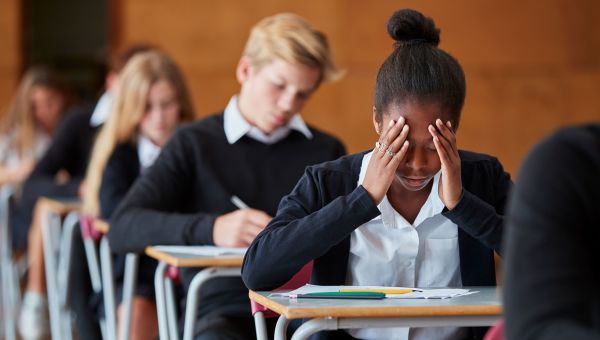
Anxiety—a feeling of worry, fear or nervousness—is a normal part of life for children and adults. Kids may feel anxious before the first day of school; adults, before an important work meeting or big life change. And it's not always a bad thing, in fact, anxiety helps keep us alert and often subsides once the impending event is over.
While anxiety can present in a number of ways, from an uneasy feeling in the pit of your stomach to uncontrollable panic that interferes with daily activities, the latter may signal an anxiety disorder, rather than everyday stress.
"It's normal to have apprehensions before exams or worrying about new situations, but not to the point of it being paralyzing," says Yevgeniy Gelfand, MD, a psychiatrist with Trident Medical Center in Charleston, South Carolina.
In the US, anxiety disorders, like generalized anxiety disorder (GAD), phobias and social anxiety are among the most common mental health conditions, affecting 25 percent of children between the ages of 13 and 18. Because there are a few different types of disorders that can affect kids, it’s important that parents be familiar with anxiety signs. That way, you can get your children the help they need should they have an anxiety disorder.
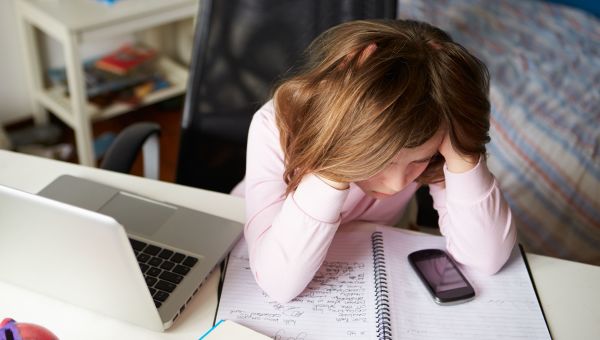
Generalized anxiety disorder
Children who experience generalized anxiety disorder (GAD) worry about situations they have little or no control over—like their safety or the health of family members. They often strive for perfection, looking for reassurance of their performance in school, sports and other activities.
While there’s no single cause of GAD, sexual, physical or verbal abuse, a big change (like a move or divorce) or loss of a loved one can trigger the disorder. Experts believe your genes may play a role, too. Regardless of the cause, anxiety that lasts for six months or more is indicative of GAD, but it's not the only sign.
Other symptoms of GAD include:
- Fatigue
- Irritability or outbursts of anger
- Trouble sleeping
- An inability to concentrate
- Changes in eating habits—consuming more or less
Signs can also be physical, and include muscle tension, an upset stomach and headaches. GAD can interfere with a child's life, making it difficult to eat, sleep and perform well in school. If you notice a change in your child's behavior, or their grades begin to wane, make an appointment to see a healthcare provider.
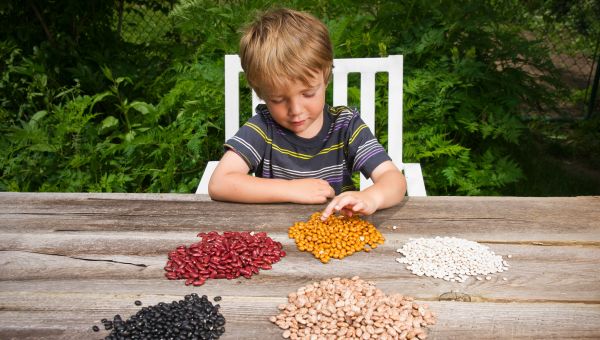
Obsessive-compulsive disorder
OCD is a condition in which a person has recurring thoughts that lead to repeated behaviors, known as rituals or routines.
"OCD is a preoccupation with order and routine," Dr. Gelfand says. Common compulsions include frequent cleaning or handwashing, counting objects or steps or arranging things in a particular way.
Children with OCD are often diagnosed around the age of 10, but compulsions can begin as early as age 2. Although the causes of OCD are not completely understood, a combination of brain chemistry, genetics and environmental factors may have something to do with it.
Parents and teachers may notice children completing rituals, like repeatedly washing hands, walking in and out of a room several times, touching items a certain number of times or frequently checking to make sure doors are locked.
Other signs of OCD might include:
- Irritability, anger or sadness
- Eating rituals—chewing food a certain number of times, tapping utensils before eating
- Trouble making decisions
- Taking a long time to complete tasks—homework, shower, packing a bag
- Unusual secretiveness
If you notice any of the worrisome signs, make an appointment to have your child evaluated by a psychiatrist or psychologist, who can diagnose the disorder.
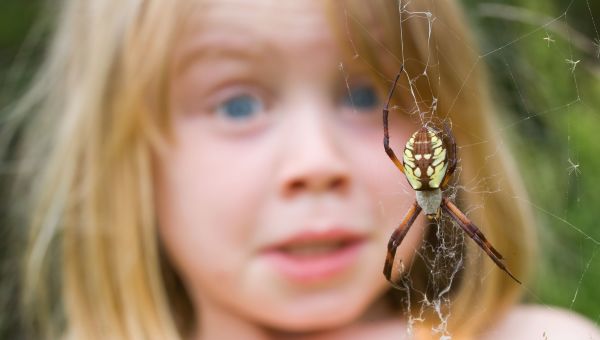
Phobias
Phobias are characterized by an irrational fear of situations, places or objects. Some common phobias include heights, spiders and tight spaces, but even social settings can cause anxiety for some.
Phobias typically begin in childhood and may stick with people into adulthood, but little is known about the cause of most phobias. Experts believe there's a genetic component and also link phobias to previous trauma. "Phobias may be due to some sort of an experience, like a snake or spider they were exposed to or bitten by,” Gelfand says.
Regardless of their cause, phobias can actually cause crippling anxiety. Some children recognize their fears are irrational, but are unable to control them. Others may experience:
- An increase in anxiety when objects or events get closer in time or proximity
- A hard time with day-to-day activities
- Tantrums, crying fits and refusal to leave a parent's side
A rapid heartbeat, shortness of breath and trembling are among the signs of a phobia. When a child is confronted with their fear, they may also experience nausea, sweaty palms or stomach aches. Following a diagnosis, treatment, including talk therapy and medication, is available to manage phobias and improve quality of life.
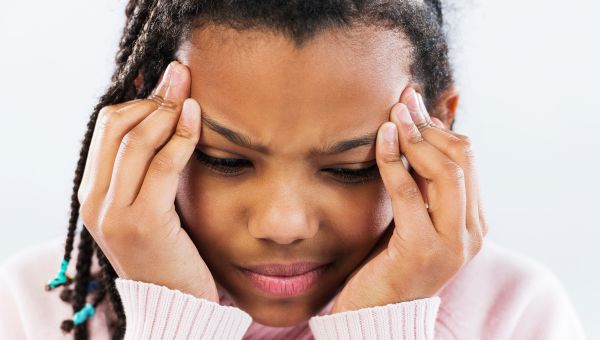
Panic disorder
Panic disorder is characterized by repeated and unexpected periods of fear, known as panic attacks, which can last for minutes or hours at a time. They often strike without warning. During a panic attack, kids might feel:
- Shortness of breath
- Fear of dying
- Dizzy
- Racing heartbeat
- Trembling
- Nauseous
- Sweating
Panic disorder is common, between 6 and 8 million Americans experience it at some point in life. The disorder typically begins in adolescence or young adulthood, but it can start in childhood, too. Attacks can occur without a specific trigger, but they may also happen during or in anticipation of stressful situations.
Panic disorder in children can be difficult to diagnose, but treatments are available. Without treatment, panic disorder can interfere with a child's ability to build and maintain friendships and thrive in school.
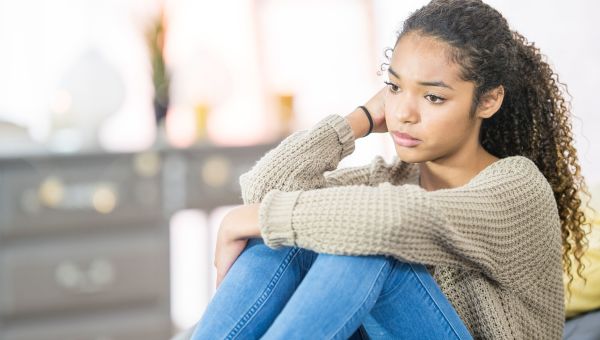
Posttraumatic stress disorder
We often associate PTSD with war veterans or survivors of sexual assault, but children can experience this anxiety disorder, too. Following a traumatic event, including violence or injury, someone with PTSD experiences recurring memories or nightmares related to the event.
Trauma includes abuse, fires, car accidents, illness and disasters. Symptoms typically appear within a month of initial trauma, but can lay dormant for months or even years. Although signs vary between individuals, they may include:
- Avoidance of places, people and activities
- Acting out the trauma during playtime
- Wetting the bed
- Being unable to talk
- Difficulty sleeping
- Inability to concentrate
- Social withdrawal
- Reduction in positive emotions
To be diagnosed with PTSD, symptoms must be present for a least a month following a distressing event and interfere with school or daily function. Parents can help children cope by being a supportive listener, keeping daily schedules as normal as possible and reassure them the traumatic even was not their fault.

Treating anxiety disorders
The first step in getting your child help for anxiety is identifying the signs of a problem. Once a physician has diagnosed your child with a specific disorder, you'll likely work together to create a treatment plan, which may include cognitive-behavioral therapy (CBT) and medication.
CBT is a form of talk therapy, which typically lasts a few months and encourages children to try new ways of reacting to situations that cause anxiety. Therapists can provide coping techniques that include breathing and relaxation exercises.
"You can still teach kids certain skills, some cognitive skills or behavioral methods of soothing themselves," Gelfand says.
Doctors may also prescribe medication in combination with CBT, which can be taken for the short- and long-terms. Selective serotonin reuptake inhibitors (SSRIs) and serotonin-norepinephrine reuptake inhibitors (SNRIs) are typically prescribed to both children and adults with anxiety disorders, although some other medications are also available.
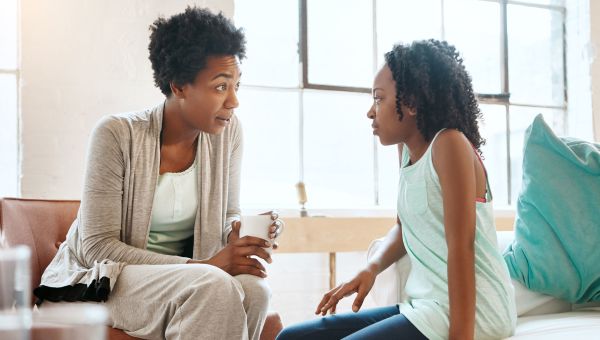
Talking to children with anxiety
Both medication and CBT are effective methods for treating anxiety among children, but parents, teachers and caregivers can reinforce the benefits at home and in school.
Soothing an anxious child beings with effective communication. "Opening the conversation and being patient and nonjudgmental usually is a good start," Gelfand says.
Parents and caregivers can also lead by example, remaining calm, cool and collected during times of stress and anxiety. Children pick up on your reactions, and may mimic your response to certain situations.
Parents can also:
- Create a routine, but be flexible when necessary
- Praise accomplishments
- Not punish setbacks
- Pay attention to the way the child is feeling
"All human beings want to be understood. It's one of the driving forces, almost like shelter and food and connection," Gelfand concludes.
More On


video

article
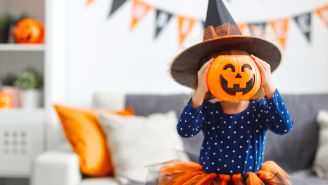
slideshow


video


video
